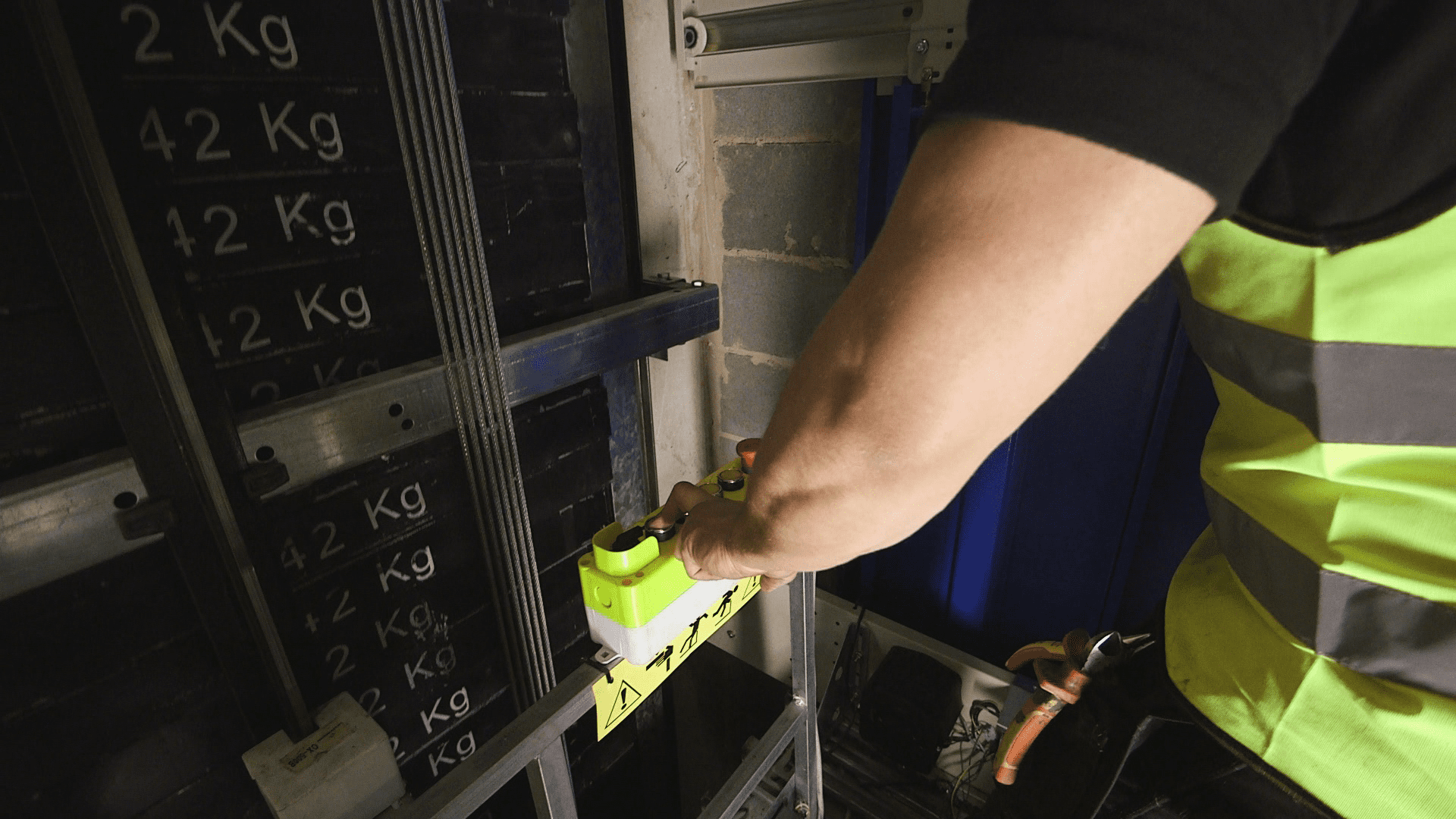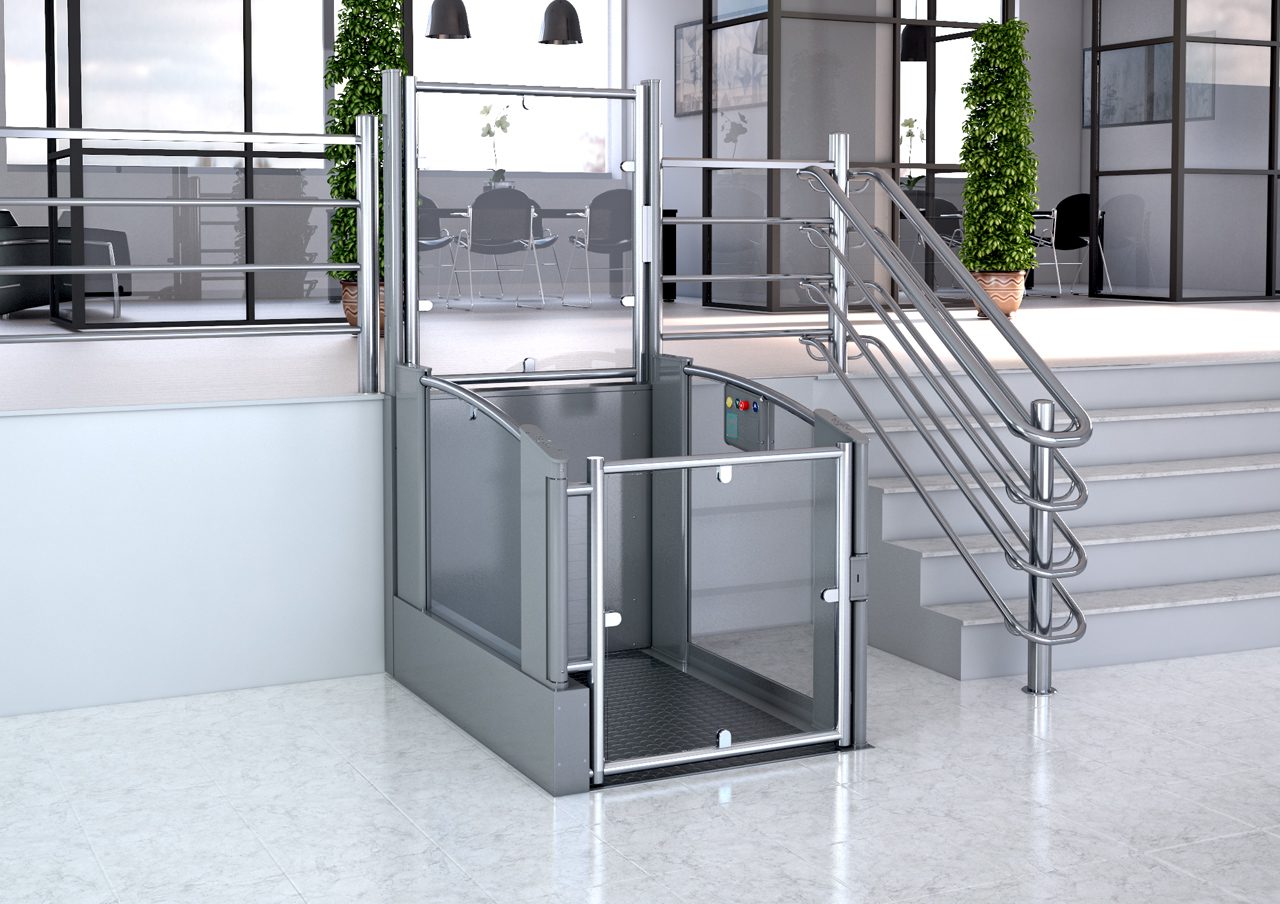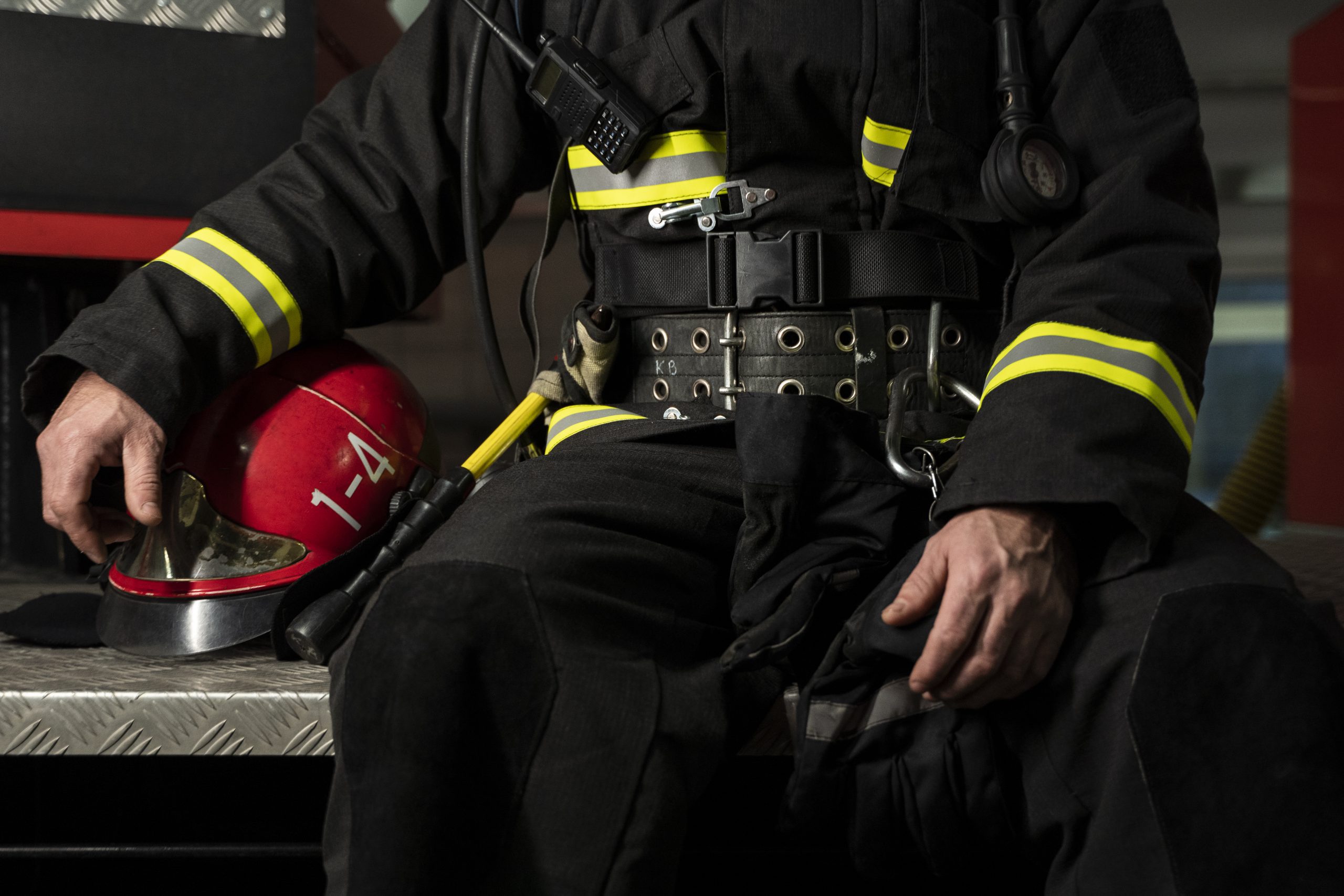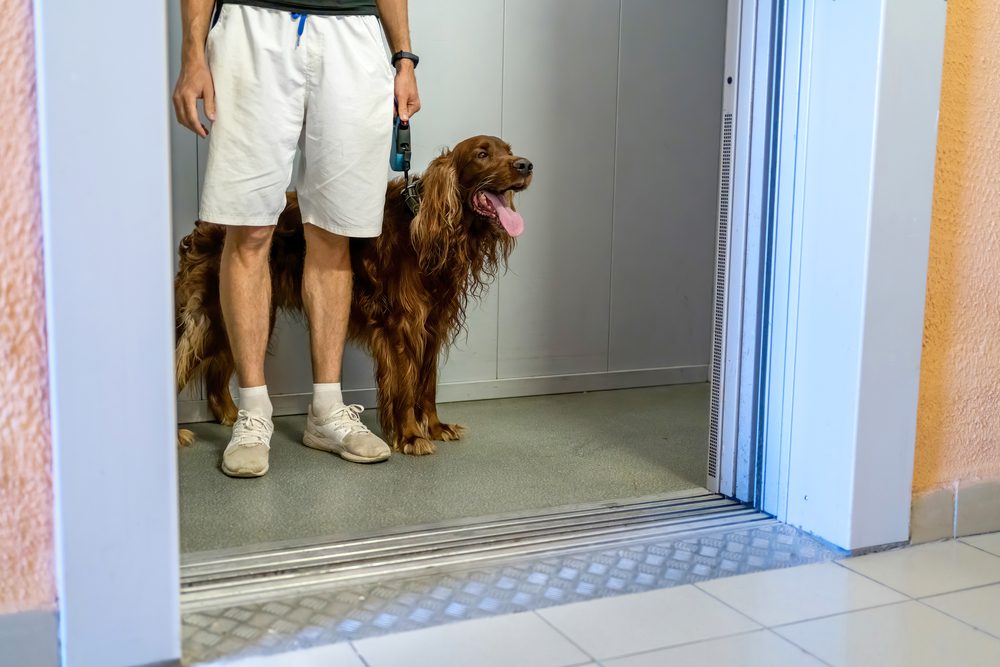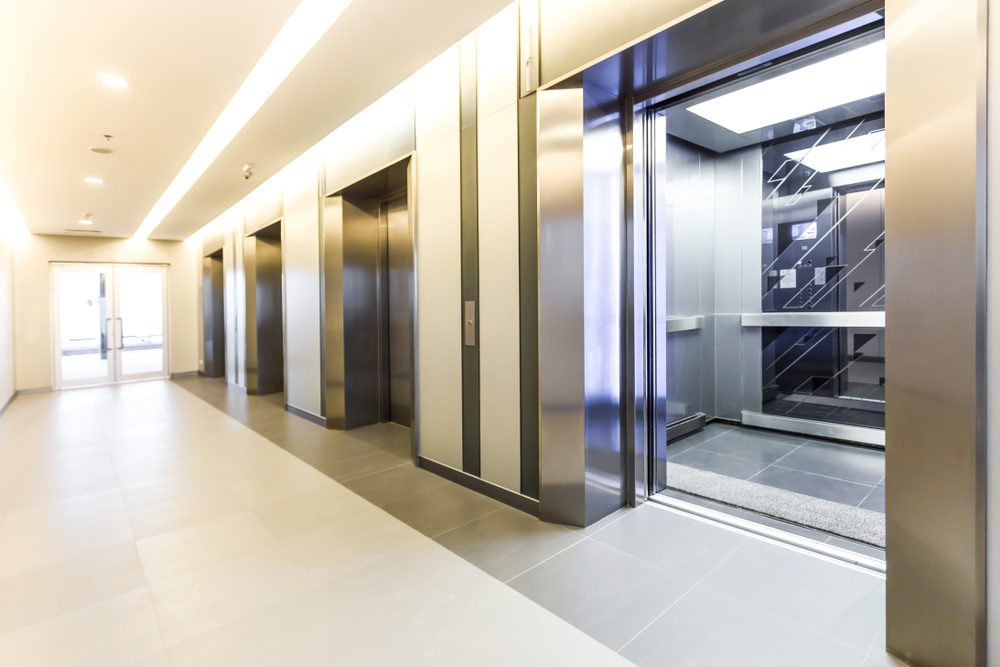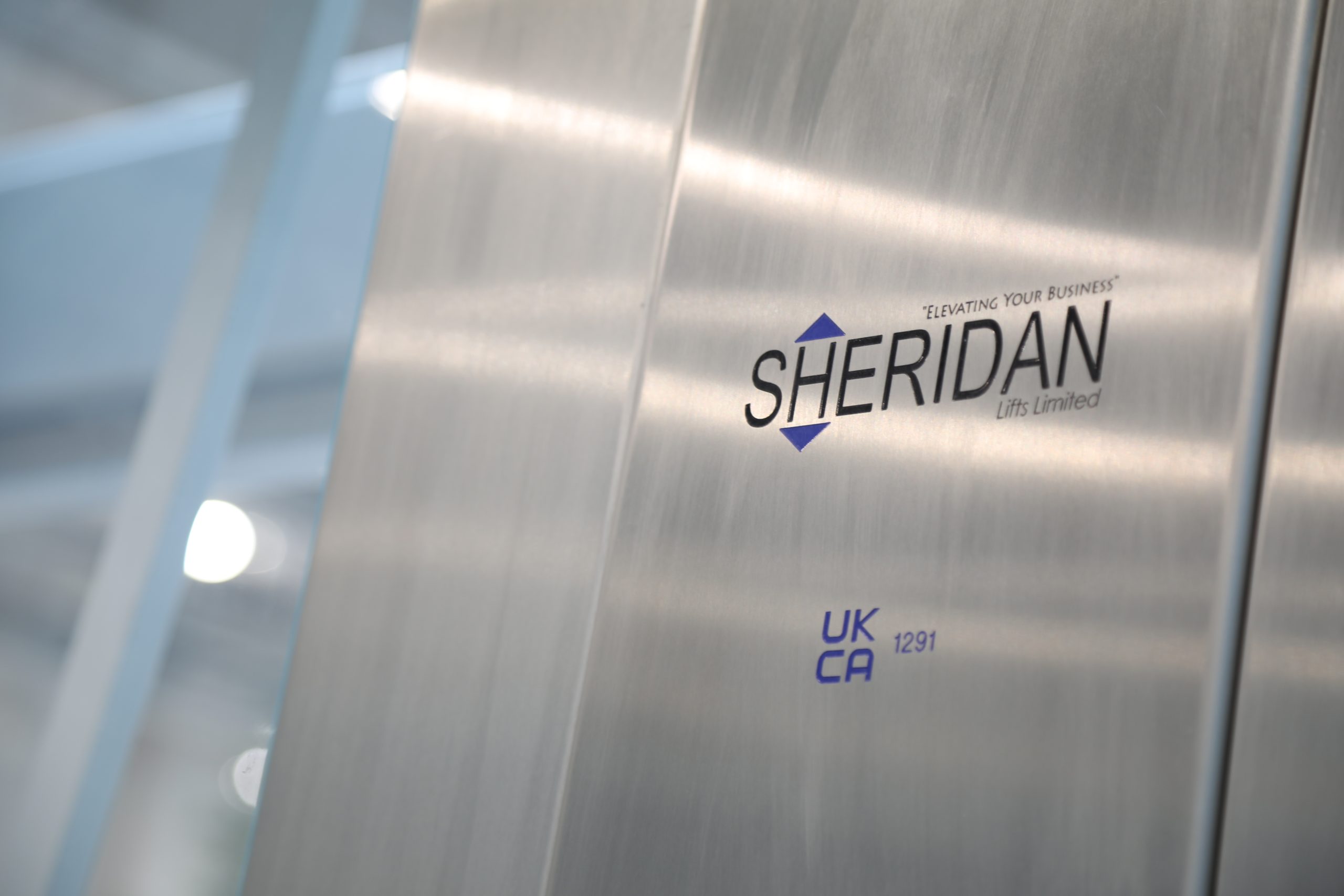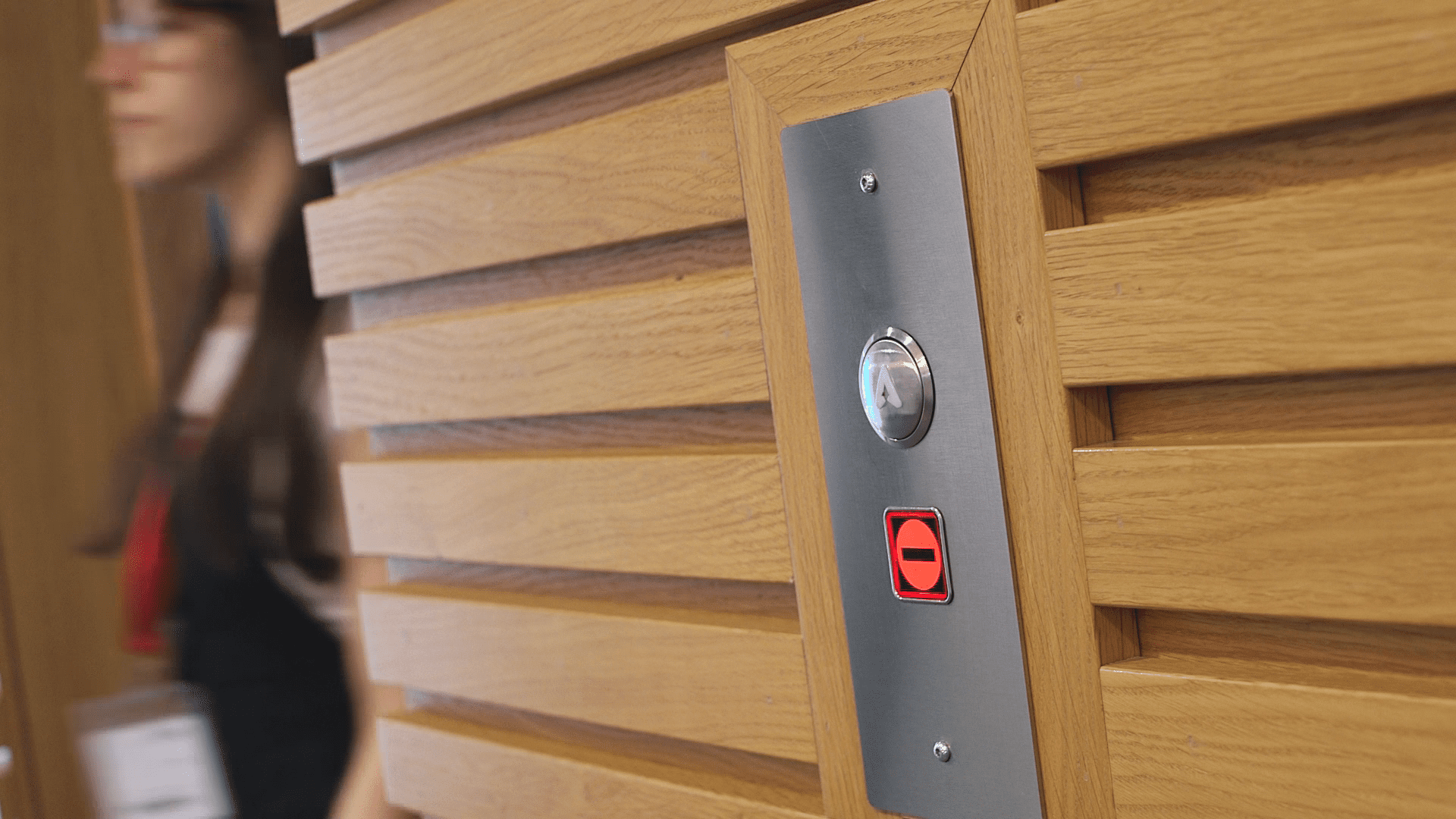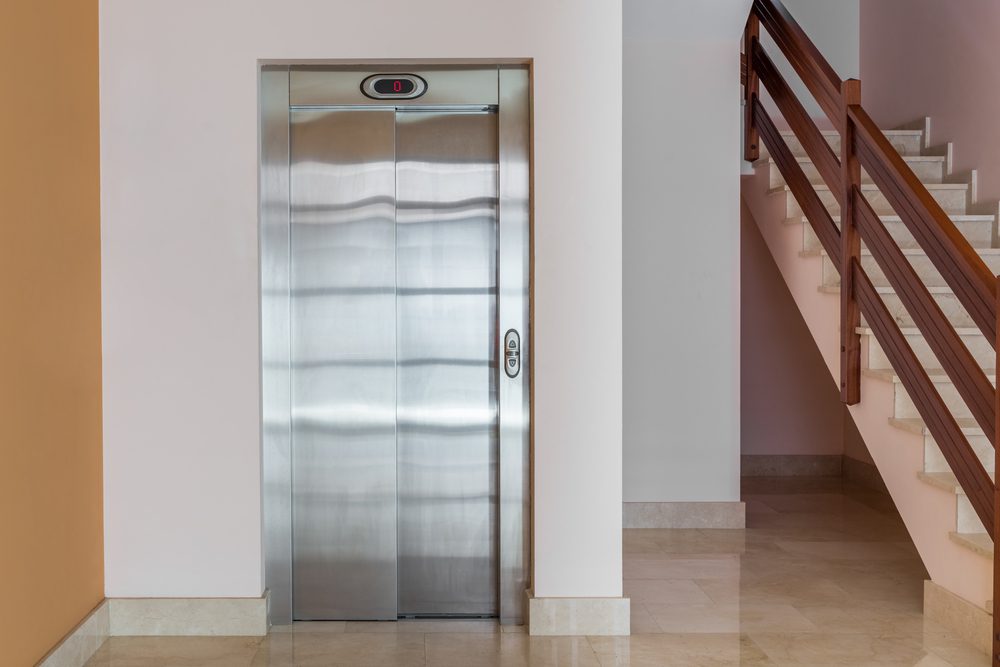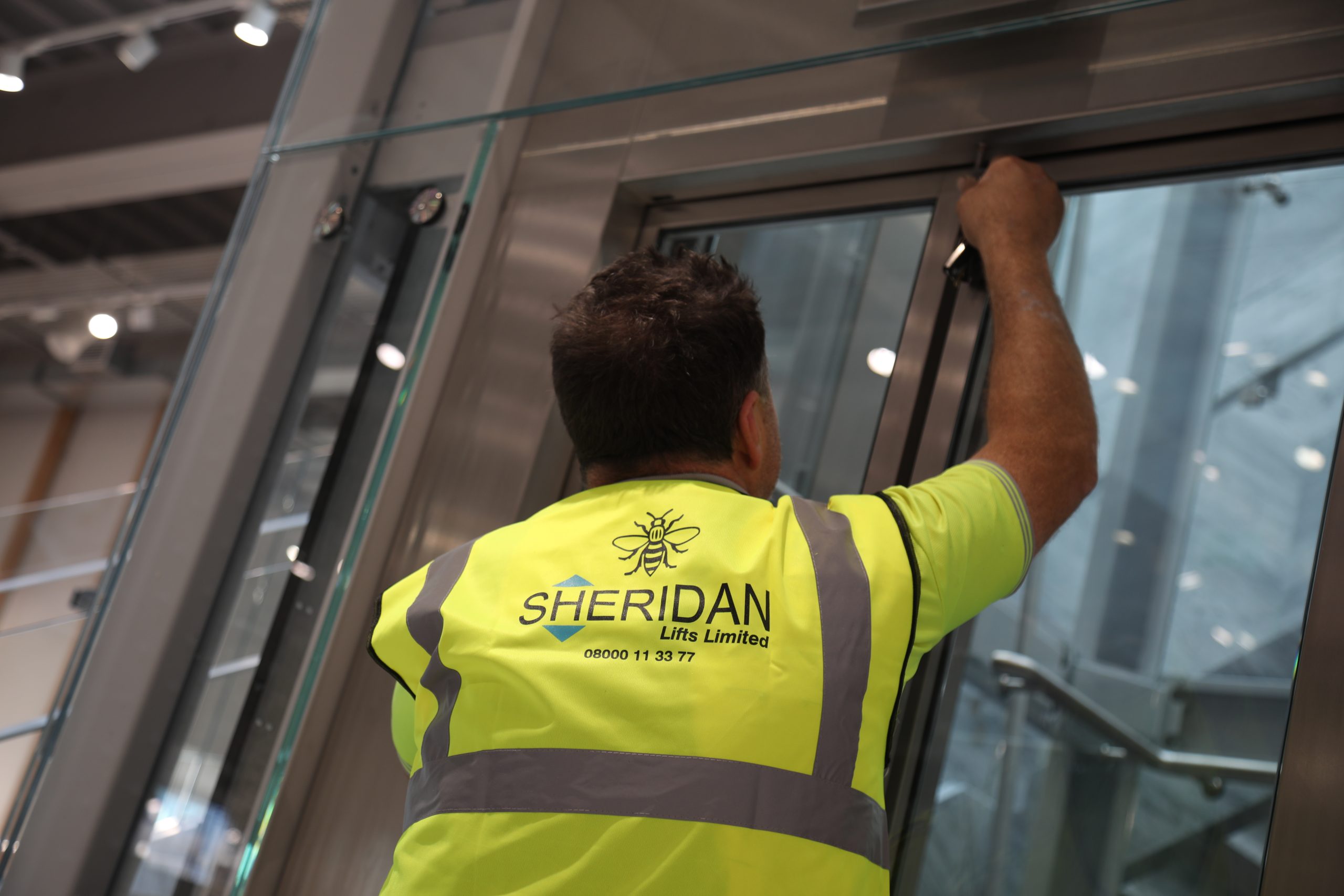Sheridan Lifts: What We Do
At Sheridan Lifts, we provide installation, maintenance and repairs across a multitude of sectors including commercial, retail, healthcare, and more. In this article, we’ll explain our areas
Learn More  Expert Lift Installations Near You: Elevating Spaces Across the UK
Expert Lift Installations Near You: Elevating Spaces Across the UK
Sheridan Lifts is the UK's leading independent lift company. With over 40 years of experience, we've elevated spaces for renowned organisations like Kellogg's, Audi, and the NHS,
Learn More  Elevating Success: How Sheridan Lifts Supports New Commercial Developments
Elevating Success: How Sheridan Lifts Supports New Commercial Developments
When planning a new building project, such as shopping centres, office blocks or healthcare facilities, one important process that our customers have found invaluable is our Lift
Learn More  Sheridan Lifts: Partnering for Lift Safety Across UK Industries
Sheridan Lifts: Partnering for Lift Safety Across UK Industries
Businesses and public institutions operating lifts in the United Kingdom have a responsibility to maintain safety and comply with health and safety regulations. This responsibility extends across
Learn More  Guidance on Manual Handling at Work
Guidance on Manual Handling at Work
Manual handling is a part of the majority of people’s work days, in some form or another. Even if you don’t think that your job involves manual
Learn More  4 Tips for Choosing the Right Lift Consultants
4 Tips for Choosing the Right Lift Consultants
Lifts can be complicated, especially if you’re not familiar with them. There are so many different types of lifts, lift functions, and safety regulations to be aware
Learn More  Step Lifts vs. Stair Lifts
Step Lifts vs. Stair Lifts
Considering purchasing a step lift or stair lift for your home or building? In today’s market, there are so many different types of lifts available that it
Learn More  London Fire Brigade called to 12,300 lift-related incidents in 2 years – as experts stress need for proper maintenance
London Fire Brigade called to 12,300 lift-related incidents in 2 years – as experts stress need for proper maintenance
THE LONDON Fire Brigade (LFB) was called out to 12,321 lift-related incidents in the past two years, a Freedom of Information (FOI) request has revealed. These incidents
Learn More  How to keep your dog safe in lifts: Advice from our lift expert
How to keep your dog safe in lifts: Advice from our lift expert
Here at Sheridan Lifts, we’ve issued a warning and advice on the safety of dogs in lifts - after repeated incidents of our furry friends being put
Learn More  The Benefits of Commercial Lifts
The Benefits of Commercial Lifts
There are a wide range of benefits to lifts in commercial buildings. They are an essential feature of modern commercial buildings and play a key role in
Learn More  The Advantages of Industrial Lifts
The Advantages of Industrial Lifts
If you are wondering whether industrial lifts are a good fit for your business, you should take into consideration that they also come with a myriad of
Learn More  Choosing the Right Lift Repair Provider for Your Business
Choosing the Right Lift Repair Provider for Your Business
Are you unsure how to choose the right lift repair provider for your business? There can be lots of factors to consider, which makes for an overwhelming
Learn More  Comparing Lift Maintenance Providers: What to Look For
Comparing Lift Maintenance Providers: What to Look For
Curious to know what to look for when you compare lift maintenance providers? We've got you covered, as this guide tells you all you need to know
Learn More  Five Benefits of Timely Lift Repairs
Five Benefits of Timely Lift Repairs
Lift repairs are excellent at solving a wide range of lift problems, especially when you have a lift out of service. However, did you know that when you book a
Learn More  Factors to Consider When Installing a Lift
Factors to Consider When Installing a Lift
As a project manager, there are several important factors to consider when installing a lift – energy efficiency, lift repairs and maintenance, aesthetics and more. These factors are all incredibly
Learn More 
